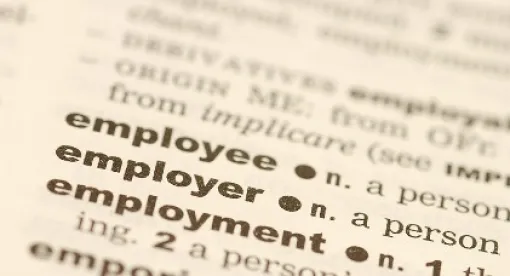“A combined rest period before or after a meal break is allowed if an employer can show separate breaks are not practical given the demand of the particular business and the employees’ consent to the arrangement.” Rodriguez v EME, Inc., April 22, 2016
California Labor Code section 226.7 provides, “An employer shall not require an employee to work during a meal or rest or recovery period mandated pursuant to an applicable statute, or applicable order of the Industrial Welfare Commission….” IWC Wage Order No. 1-2001 obligates employers to provide a 30-minute meal period for a work period of more than five hours and rest periods accruing at the rate of 10 minutes per four hours or a major fraction thereof. Wage Order 1-2001 is applicable to the manufacturing industry where oversight of work hours, minimum wages and breaks are of paramount concern. Rest periods need not be timed to fall specifically before or after any meal period.
In the Rodriguez case, the Second Appellate District addressed the particular showing required of employers to depart from the norm with regard to timing of breaks for its employees. In this case, EME, Inc. offered evidence that a combined rest break of 20 minutes on one side of the meal break as opposed to separate 10-minute breaks on either side of the meal break was not detrimental to its employees. The arrangement at the EME facility allowed employees in a family-owned metal finishing company the option to eat their main meal in the morning (sometimes this involved heating and preparing food or ordering from a food truck), and then secure sufficient rest during the break before resuming work. EME employees also were allowed other breaks when necessary, and no complaints had been lodged regarding the combined morning break arrangement for the 30 years it had been in place.
In addition, EME offered evidence that implementing the otherwise preferred schedule of separated breaks would unduly burden its production process and that the combined rest break was tailored to alleviate that burden. Due to the nature of the work processes in this particular industry, workers typically took 10 minutes to prepare for a rest break after stopping production and an additional 10 minutes to resume their activities coming off a break, thereby incurring a hard stop of work totaling 20 minutes per employee in connection with each break. Thus, the potential 40 minutes of work stoppage per shift per employee (depending on job duties) was impractical and could constitute an undue burden on the production process.
The combined 20-minute break as opposed to two 10-minute breaks avoided material economic loss attributable to particular production activities. However, it was significant in this case that the employees partaking in the combined break arrangement did not protest the arrangement. Being mindful of the economic impracticability, but at the same time demonstrating no detrimental effect on employees, EME was able to properly and validly support its departure from the preferred break schedule, and the Second Appellate District ruled it was entitled to do so.


 />i
/>i

